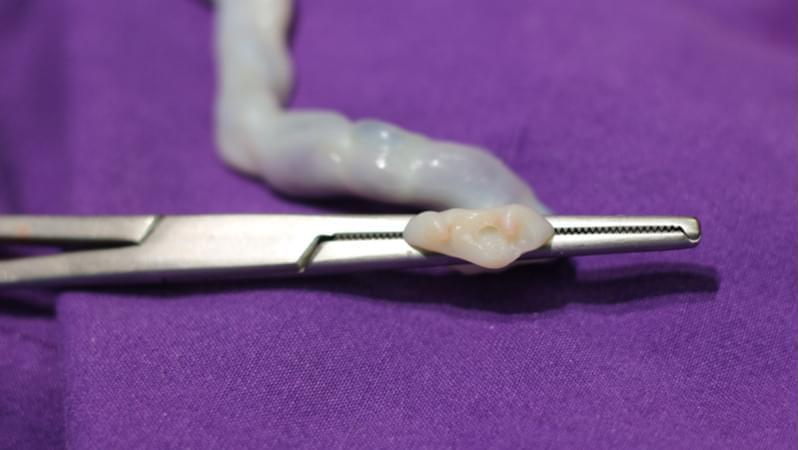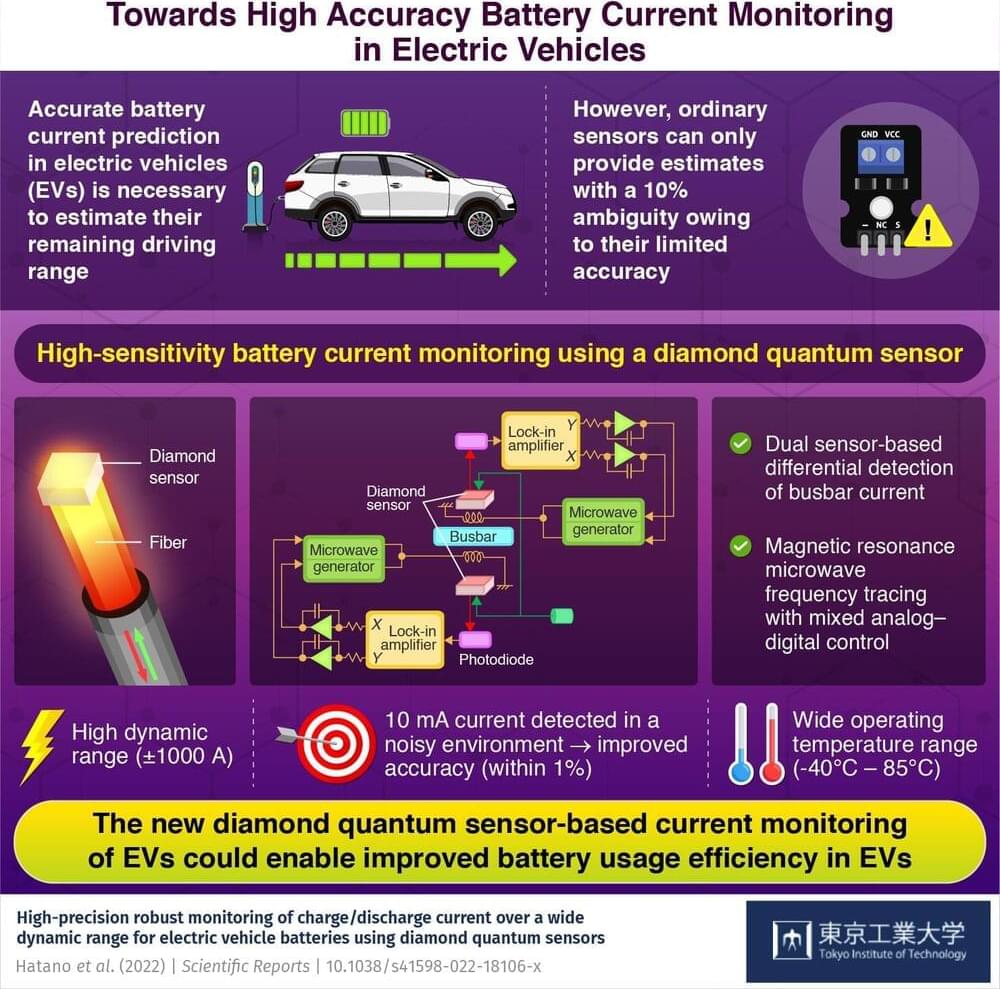“Almost every male character so far is a coward, a jerk or both,” he posted to Twitter. “Tolkien is turning in his grave.”
Amazon aired the first two episodes of Rings of Power on Friday, which centered on Galadriel, commander of the Northern Armies, bent on exacting vengeance for the death of her brother centuries earlier. By comparison, fellow elf Elrond prefers his life of quiet counsel to King Gil-galad, who attempts to send Galadriel away to avoid any military skirmish with Sauron’s scattered forces.
The debate over Amazon’s Rings of Power began in earnest after showrunners and studio executives argued in Vanity Fair they needed to take liberties when adapting Tolkien characters such as Galadriel and Elrond, since his Middle-earth was badly in need of an update to reflect today’s more modern societies.







